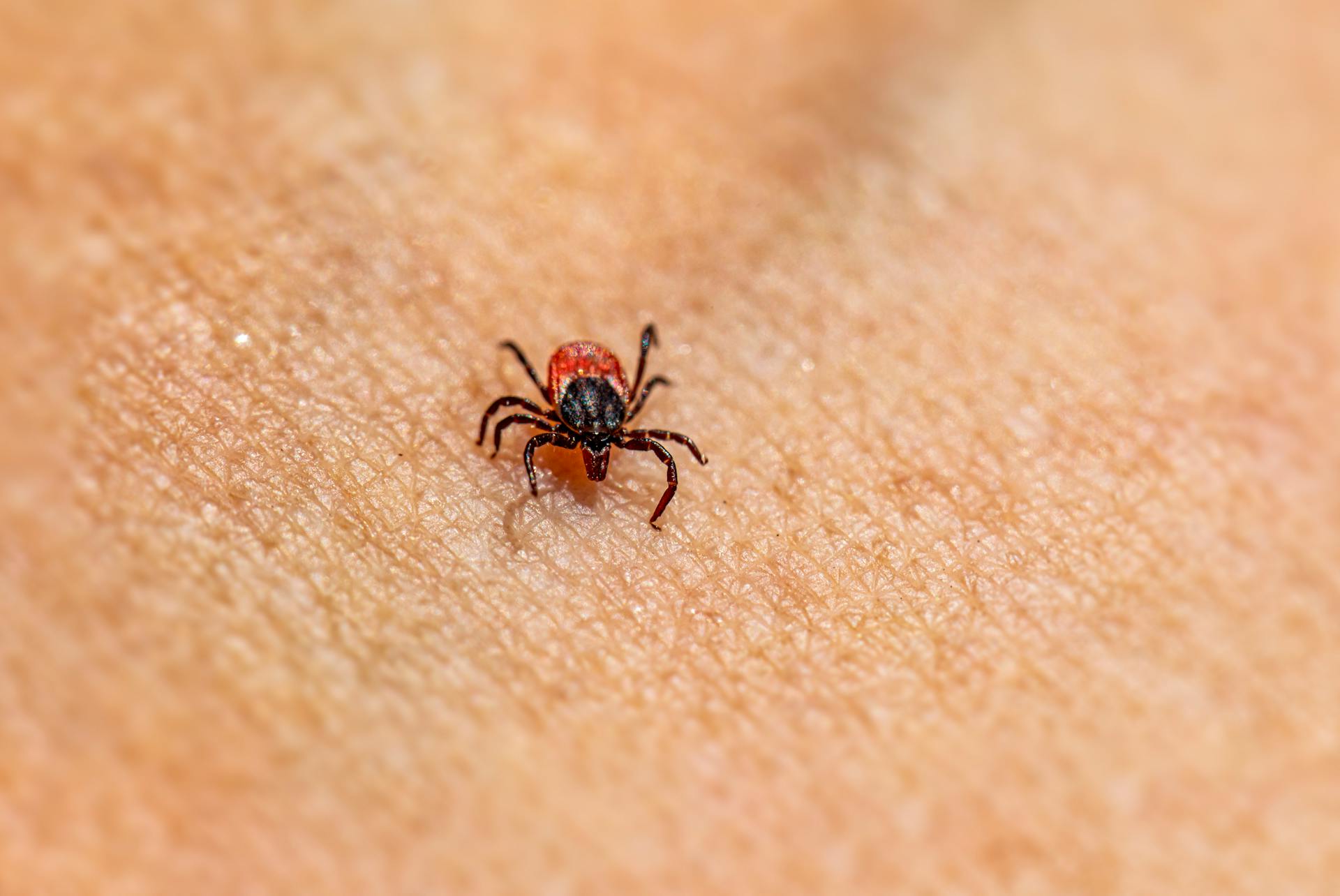
If you're one of the millions of people who suffer from allergies to dogs, you're not alone. According to research, up to 10% of the US population has allergies to dogs.
The good news is that there are many effective home remedies you can try to find relief. In fact, a study found that 75% of people who tried home remedies experienced some level of improvement in their allergy symptoms.
One of the simplest and most effective home remedies is to keep your home clean and dust-free. Regularly vacuuming and dusting surfaces can help reduce the amount of dog dander and allergens in your home.
By making a few simple changes to your daily routine, you can start to feel better and enjoy time with your furry friends without suffering from allergic reactions.
What Causes Allergies to Dogs
If you're one of the many people who suffer from allergies to dogs, you're not alone. Allergies to dogs are caused by multiple allergens, or proteins that can cause an allergy, found in dog hair, dander, saliva, and urine.
These allergens are present in every dog, regardless of breed or hair length. In fact, studies have not shown that dogs can be hypoallergenic.
Dog dander, or flakes of dead skin, is a major culprit behind dog allergies. It's not the dog's hair or fur that's the real problem, but rather the dander and other substances like saliva and urine.
People with allergies have oversensitive immune systems that overreact to harmless substances like dog dander. Their bodies attack it as they would bacteria or viruses, leading to sneezing and watery eyes.
The level of allergen in a home can be higher in the rooms where a dog is allowed, making it essential to take steps to minimize exposure.
How to Treat Allergies to Dogs
Removing your dog from the home is the only surefire way to get rid of a pet allergy. However, there are ways to minimize your exposure to allergens and lessen your symptoms.
You can take steps to reduce your exposure to dog dander, which is the primary allergen responsible for dog allergies. This can be done by vacuuming frequently and using a HEPA filter.
Removing your dog from the home is the only way to eliminate allergens. If you don't want to part with your dog, you can try to minimize your exposure to allergens.
Regular bathing and grooming can reduce the amount of dander on your dog, making it easier to manage your allergy symptoms. However, this may not be enough to completely eliminate your symptoms.
By taking these steps, you can reduce your exposure to allergens and make it easier to live with your dog if you have allergies.
Understanding Allergies to Dogs
Dogs produce multiple allergens, or proteins that can cause allergy, found in dog hair, dander, saliva, and urine. These allergens are present in all dogs, and studies have not shown that dogs can be hypoallergenic.
If you're allergic to dogs, you may experience symptoms like sneezing, runny or stuffy nose, facial pain, coughing, chest tightness, and watery, red, or itchy eyes. These symptoms can occur at home, work, school, or in other indoor environments.
Some common allergy symptoms caused by dogs include sneezing, runny or stuffy nose, and facial pain, which can make life uncomfortable.
Consider reading: Home Remedies for Reverse Sneezing in Dogs
Your Environment
Dog allergens can be found in dog hair, dander, saliva, and urine, making it difficult to eliminate them completely.
If a dog lives indoors, allergen levels increase, and they're higher in rooms where the dog is allowed.
Removing a cat from a home still takes six months for the level of cat protein to get down to normal after a thorough cleaning.
You can't rely on a dog being hypoallergenic, as all dogs produce allergens.
Dust and pollen in a dog's coat can also cause allergy symptoms, making it essential to consider this when interacting with dogs.
Overview
If you have a dog allergy, you're probably no stranger to constant allergy symptoms. Sneezing is one of the most common symptoms, and it can be triggered by even small amounts of dog dander.
Runny or stuffy nose is another common symptom, and it can be really frustrating. Facial pain from nasal congestion is also a possibility.
Coughing, chest tightness, shortness of breath, and wheezing can all be symptoms of a dog allergy. These symptoms can make it hard to breathe and can be really uncomfortable.
Watery, red, or itchy eyes are another symptom of a dog allergy. This can be especially uncomfortable if you have sensitive eyes.
A skin rash or hives can also be a symptom of a dog allergy. This can be really itchy and uncomfortable.
Here are some common symptoms of a dog allergy:
- Sneezing
- Runny or stuffy nose
- Facial pain (from nasal congestion)
- Coughing, chest tightness, shortness of breath and wheezing
- Watery, red or itchy eyes
- Skin rash or hives
Allergy
If you're allergic to dogs, you may experience symptoms like sneezing, a runny or stuffy nose, and facial pain due to nasal congestion.
Dogs produce allergens in their hair, dander, saliva, and urine, which can cause allergy symptoms. These allergens are present in all dogs, regardless of their breed or size.
Sneezing or a runny nose is just the tip of the iceberg - other symptoms can include coughing, chest tightness, shortness of breath, and wheezing.
Dog allergen levels increase if the dog lives indoors, and are higher in the rooms where a dog is allowed.
Some people may also develop a rash or hives after being scratched or licked by a dog.
Here are some common symptoms of dog allergies:
- Sneezing or a runny or stuffy nose
- Facial pain (from nasal congestion)
- Coughing, chest tightness, shortness of breath, and wheezing
- Watery, red or itchy eyes
- Skin rash or hives
Symptoms and Reactions
Symptoms of allergies to dogs can be quite varied, but they often include itchiness, hives, and swelling of the face, ears, lips, eyelids, or earflaps. These symptoms can be triggered by a dog's dander, saliva, or urine.
If you're allergic to dogs, you might experience swelling and itching in the membranes of your nose or around your eyes. Redness of the skin after being licked by a dog is also a common symptom.
Coughing, shortness of breath, or wheezing within 15 to 30 minutes of exposure to allergens is another indication of a dog allergy. A rash on the face, neck, or chest can also be a sign.
In severe cases, a dog allergy can trigger a severe asthma attack in someone with asthma. Children with dog allergies may develop eczema in addition to these symptoms.
Some people may also develop a rash or hives after being scratched or licked by a dog. Skin reactions can occur where a dog licks you, and in more severe cases, you might develop hives on your face or chest.
Here are some common symptoms of dog allergies:
- coughing and wheezing
- red, itchy eyes
- runny, itchy, stuffy nose
- sneezing
It's worth noting that some people may not experience symptoms until several days after exposure to a dog. If you suspect you have a dog allergy, it's essential to consult with an allergist for proper diagnosis and treatment.
Frequently Asked Questions
How can I stop my allergy to my dog?
Unfortunately, it's not possible to completely get rid of pet allergies, but you can manage your symptoms with over-the-counter medications and consider allergy shots for long-term relief.
Featured Images: pexels.com


